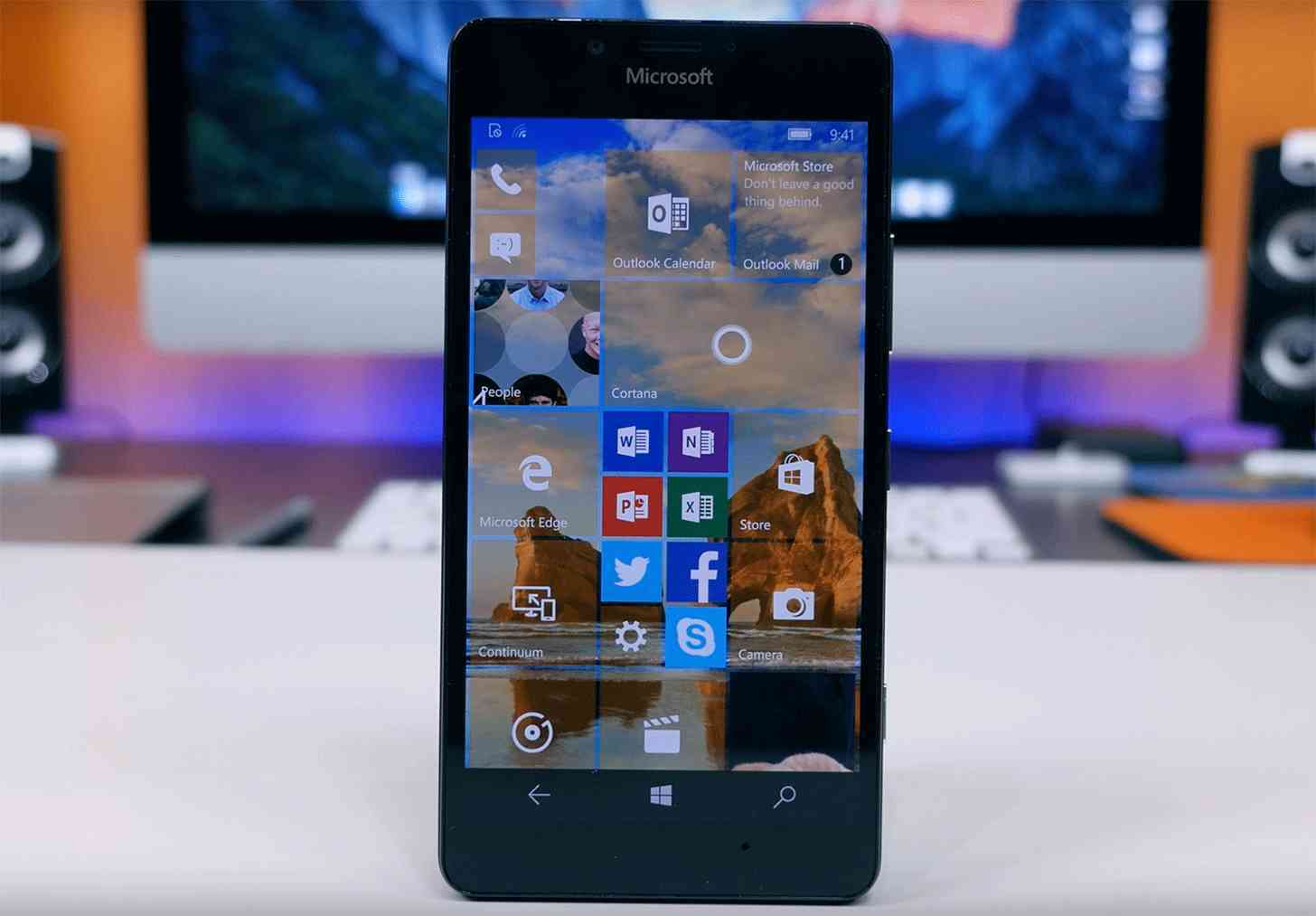
When I write articles I try to be more optimistic than pessimistic. That doesn’t always happen, but over the years I have tried to be more positive about things. One recent example is with Windows Phone and Microsoft’s move to Windows 10 Mobile. There are undoubtedly a lot of things that could have gone more smoothly with this update, but I’ve continued to hold out hope for its success for the most part as I’m not quite ready for a world with an Android and iOS duopoly.
Recently news (somewhat quietly) surfaced stating that Windows 10 Mobile has now officially rolled out to a number of older Windows Phone devices, which is exactly what I have been waiting for. I personally own two different Windows Phone devices, a lower-end Lumia 635 and a 3-year-old Lumia 928 Verizon flagship, both of which I have installed Windows 10 Mobile preview builds on and have been testing out over several months now. Upon hearing the news that Windows 10 Mobile was officially being rolled out to older devices, I was excited to finally install the real deal on my devices.
To my surprise, though, the update was only available to the 635, which has considerably less powerful specs than the Lumia 928. Come to find out, most of the flagship Nokia devices that were fan favorites were not eligible for the official Windows 10 Mobile upgrade, despite being offered previews previously. Models not eligible include the Nokia Lumia 920, 925, 928, and 1020.
Although it could be reasonably expected that a phone that is 3 years old (or older) wouldn’t be supported for such a major upgrade, the fact that newer phones with lower specs are supported makes the decision questionable – and Microsoft was questioned. When tweeted asking why older flagships – specifically the Lumia 1020, in this case – were left out, Gabriel Aul, vice president of engineering at Microsoft, responded that the 1020 would not receive further updates due to “Higher % of reports of performance issues, lower % of votes of likely to recommend”. So it is likely that for this same reason that the other old flagships would also not receive the update.
Still, I find the answer unsatisfying, as truthful as it may be. Previously it was stated that most Lumia devices would be updated to Windows 10 Mobile. Given that those same flagships that aren’t included in the official update had access to the Insider Previews, there didn’t seem to be any reason to expect them not to be. I don’t think people gave negative feedback with the knowledge that it would get their device kicked out of the running for official support in the future; rather, I think they probably hoped that the issues would be fixed and optimized for their device.
Throughout the various articles that touch on this topic, I see a lot of comments saying that these older models still have access to old Insider Previews, so they can technically still have a Windows 10 Mobile experience. On top of that, there’s apparently a fairly complex workaround available as well. Others will suggest upgrading to a newer Windows 10 Mobile device. But none of these options are particularly user-friendly, and it feels like Microsoft is really dropping the ball here when it comes to the happiness of the consumer for both loyalists and potential converts alike. Not only was the big, awesome Windows 10 Mobile update way overdue, but now Microsoft is severely scaling back the amount of old devices that were promised a Windows 10 Mobile update. This would have been a good case to under-promise and over-deliver.
I do understand not wanting to update devices that may have poor performance, but without the option to update Windows Phone users that had been loyally holding onto their flagships in hopes of a brighter future are left with little incentive. Now we have all of these phone that suddenly won’t get further updates. Not only that, but the resale value has greatly diminished because these phones are so old, and Windows Phones also don’t have the best resale value to begin with. If nothing else, Microsoft should implement a good trade-in program to help keep people on board with this next chapter in their mobile venture.
The whole thing is fragmented and confusing. I suppose there is still some hope that Windows 10 Mobile could have a bright future, but things are off to a terrible start.
What are your thoughts on Windows 10 Mobile so far? Has the recent revelation of which Windows Phone models can upgrade to Windows 10 Mobile had any impact on your decision to use the new platform? Let us know your thoughts in the comments below!
